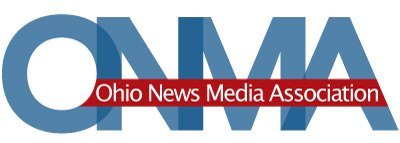Complete Story
06/28/2016
FAA releases final rules for drones, newsgathering
From The NAA
Last week, the Federal Aviation Administration (FAA) finalized its rules on the commercial use of unmanned aircraft systems (UAS) weighing up to 55 pounds. When the rules go into effect – August 2016 – journalists will have clear and streamlined guidance in using UAS (or "drones") for newsgathering purposes across the United States. The rule will mark the FAA's first attempt at a comprehensive plan to ensure the safe use of small UAS's by commercial entities without interested parties having to seek case-by-case approval.
Key Provisions of the Final Rule Include:
UAS operators will not be required to obtain a traditional pilot's license. Instead, commercial UAS operators will need a Remote Pilot Certificate – which will be much easier to obtain. Applicants must be at least 16 years old and proficient in English, able to pass an Initial Aeronautical Knowledge Test at an FAA-approved testing center, and pass a TSA background check. The FAA estimates this process to take anywhere from six to eight weeks to complete.
UAS's must fly below 400 feet, during daylight hours, and within line of sight of the operator. UAS's are also not permitted to fly over individuals who are not under a covered structure or directly involved in the operation. The FAA provided that most of these restrictions can be waived if the applicant demonstrates the operation can still be safely executed. The FAA will establish an online portal for the submission of waiver requests, with the expectation that waivers will be acted on within 90 days.
Certain airspaces will require additional permissions. The new rule gives general authority for operating UAS's in Class G airspace – low altitude airspace far from any airport. Flight in Class B, C, D, and E airspace will require permission from Air Traffic Control (ATC). In order to seek prior permission, the UAS operator will need to submit requests through an online portal the FAA is developing. The FAA stated that all requests must be made through the portal; an operator cannot simply contact a local control tower for permission. It is not yet clear how expedited this process will be. With many U.S. cities having controlled airspace that extends to the ground - it could impede newsgathering efforts where rapid deployment is desired.
Entities that already possess exemptions from the FAA do not need to re-apply. All existing Section 333 exemptions will remain valid even after the new rules go into effect. Operators will be able to choose whether to fly under their current exemption or to fly under the new rule.
The new rule does not apply to recreation/hobby use of UAS's. Hobbyists who use UAS's recreationally are not required to obtain any licensing. However, the new rules codify that all UAS's are aircraft and therefore subject to FAA enforcement actions if operators are reckless or fly in prohibited zones.
For more information, please contact Kristina Zaumseil at kristina.zaumseil@naa.org.




